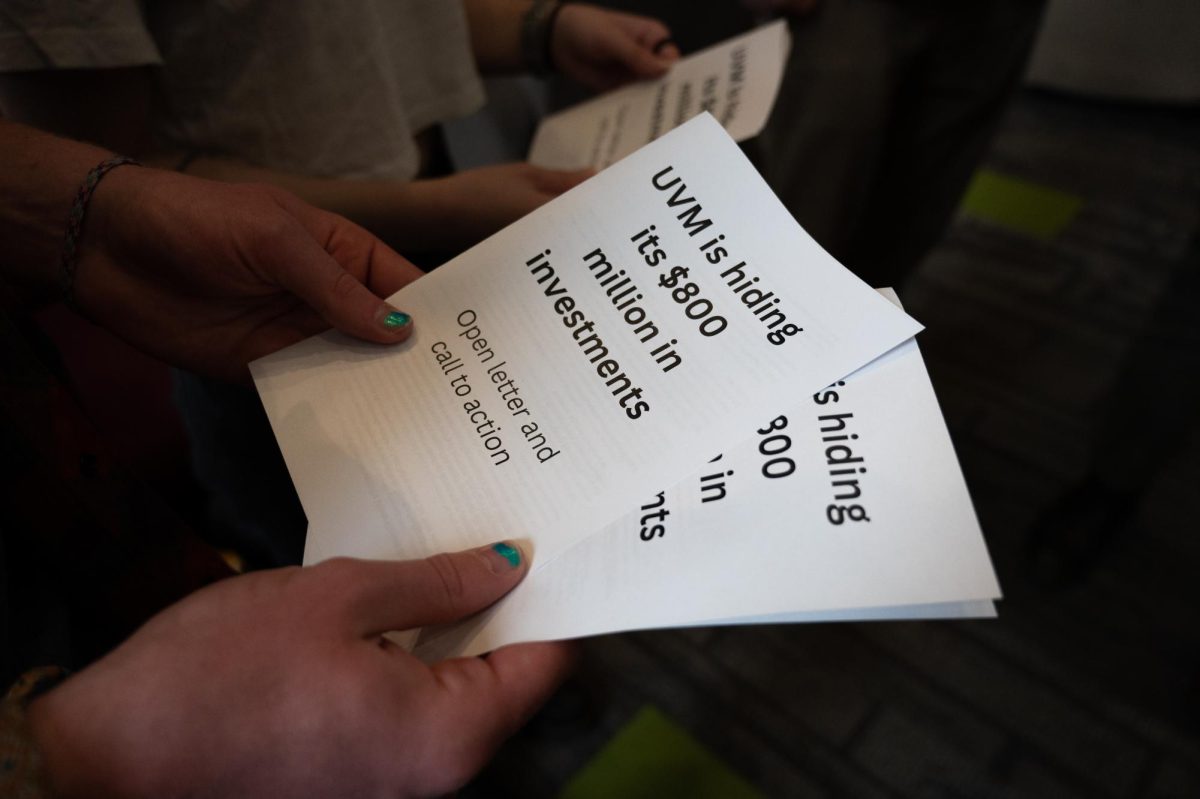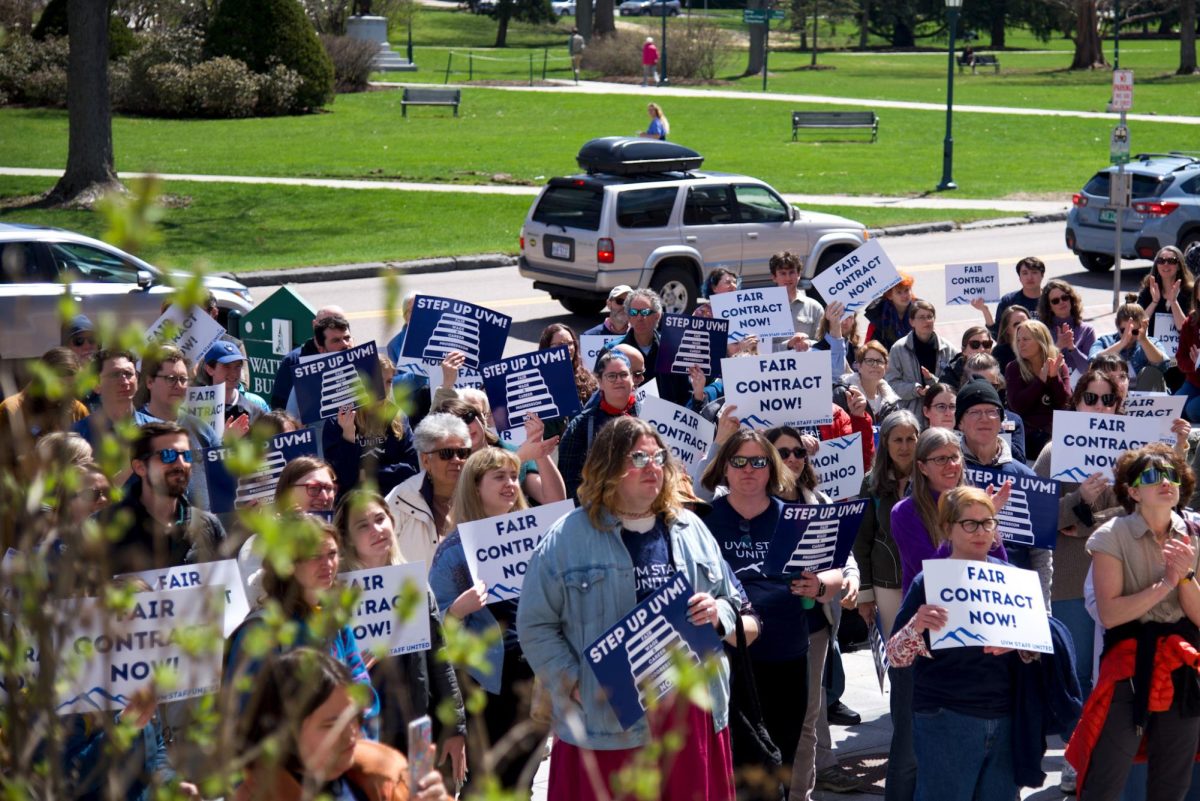The morning is new, the air is crisp and only the thunderous snap and crash of trees stands out over the still white noise of the Jericho Research Forest (JRF). These trees will be used for the renovation of the Rubenstein School of Environment and Natural Resources’s headquarters building, the Aiken Center. The Aiken Center modifications will promote sustainability and help reduce UVM’s ecological footprint, according to the Aiken Center website. Not all wood used for the renovation will come from the JRF. However, roughly 12,000 board feet will be harvested from the forest, junior forestry major Sean Mahoney said. “Trees take decades to grow; the trees being harvested for the greening were either planted or naturally generated 60-100 years ago,” associate professor of forest ecology and forestry William Keeton. The wood will not be moved from the site until the forest gains a sustainable forest certification around Dec. 15, Mahoney said. “There are standards that have to be met in order to qualify as a certified sustainable forest,” Keeton said. “Once certified, you have a green label that can help you market your forest as sustainable.” The idea to use JRF wood was generated within the community, from faculty and students, Keeton said. “Our root products can be produced sustainably and in an environmentally conscious manner,” he said. “The whole operation is local and timber for the renovation will consist of what the forest is willing to yield.” JRF is owned by the University and managed by the Rubenstein School. “Connecting the Rubenstein School to their own resource at the JRF has great educational and societal value and ‘greening’ of Aiken is a unique opportunity to do this,” Brendan Weiner Coordinator of the Green Forestry Education Initiative at the JRF, said. The harvest began a few weeks ago and will be taking place for about six weeks total, Mahoney said. As far as the environmental impacts of the harvesting go, some students have voiced concerns. “If our school wants to represent itself as a green university, they should be extremely cautious while cutting down all those trees,” sophomore environmental studies major Jen Attig said. “Many plants and animals that call Jericho home could easily find themselves in crisis mode as a result of this.” The harvesting process is part of a management plan for the forest, Watzin said. “The whole point of this is to demonstrate how one can produce and harvest timber in a low impact, environmentally safe manner,” Keeton said. By carefully carving the base of a tree, logger Bill Torrey is able to direct precisely where it will land, avoiding the majority of new growth and other trees. All severed trees are removed from the forest with as little damage to the surrounding environment as possible, he said. The story of the harvest be discussed in classrooms and displayed in the Aiken Center through photography. “I’m photographing the harvest of the Jericho Research Forest and framing the photographs with additional wood harvested,” Mahoney said. The photographs will be paired with historical photos from the forest and displayed in the completed Aiken Center. The move back into a completed Aiken Center is planned for the start of spring semester 2012, according to the Aiken Center’s website.












